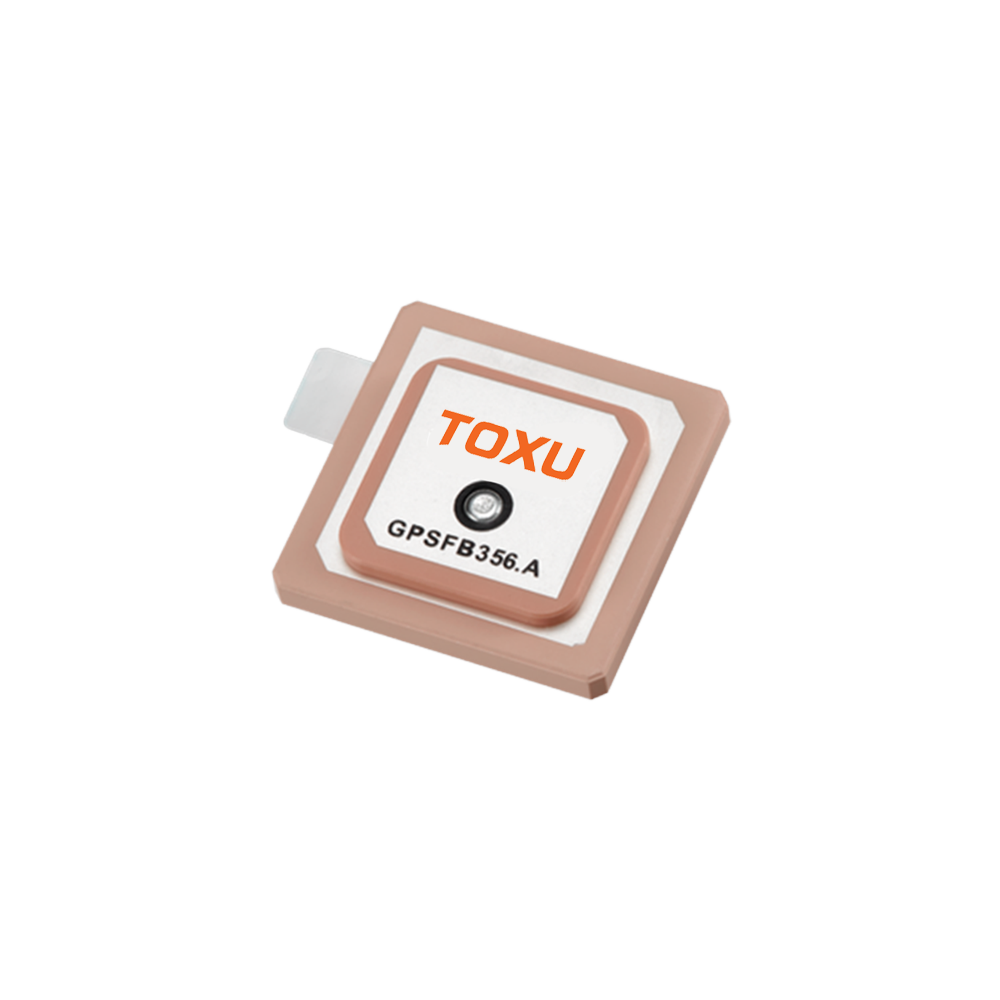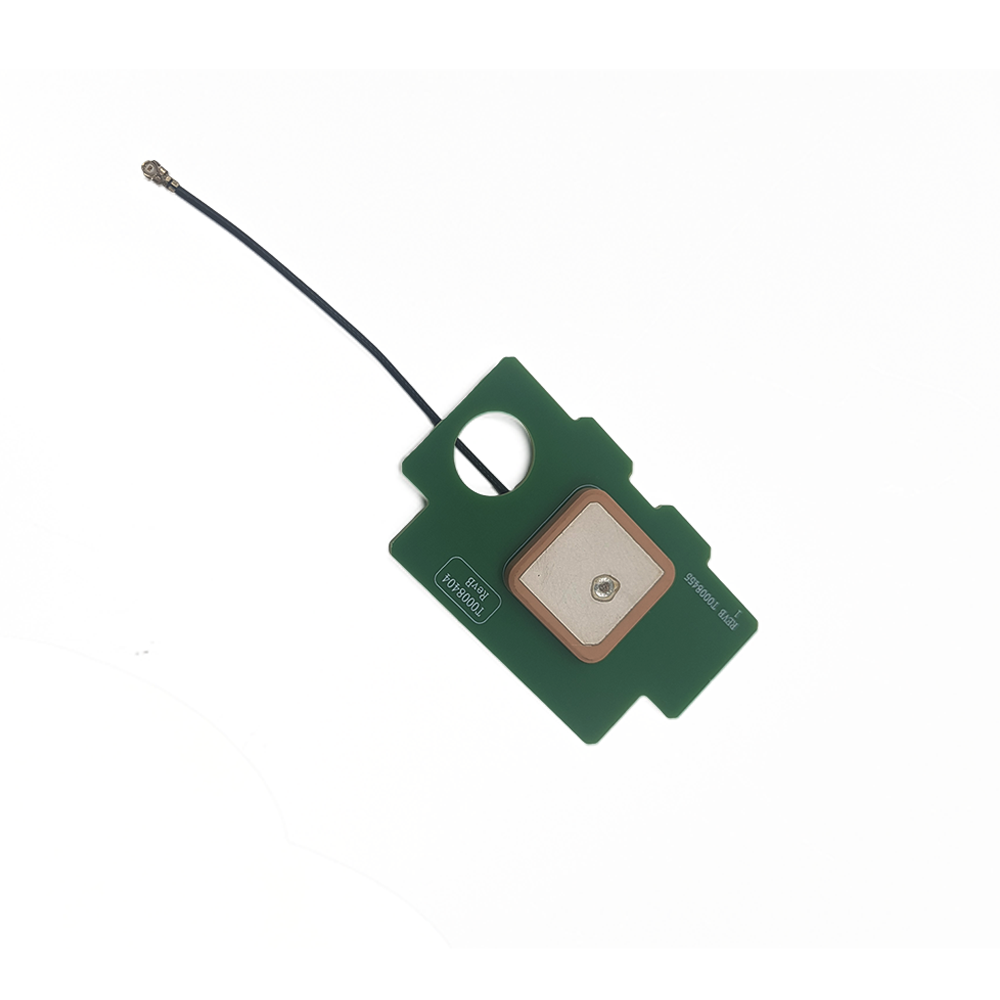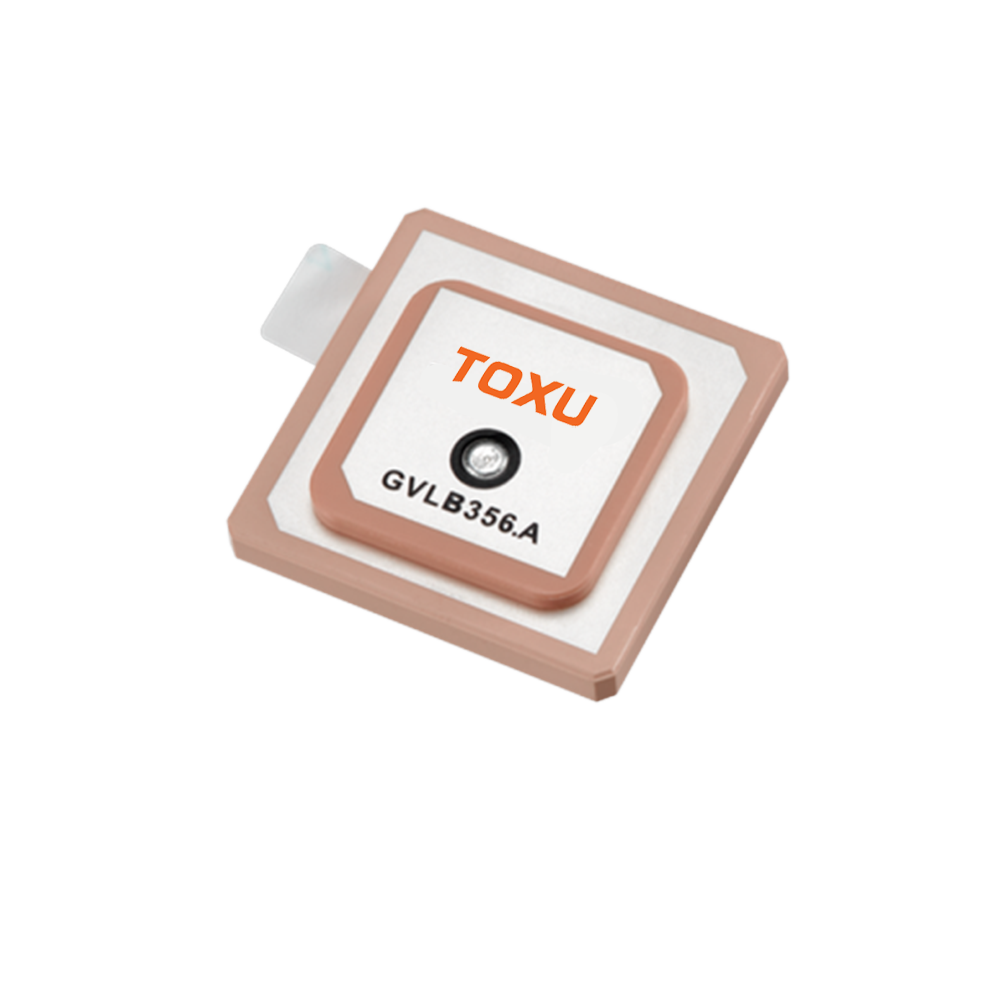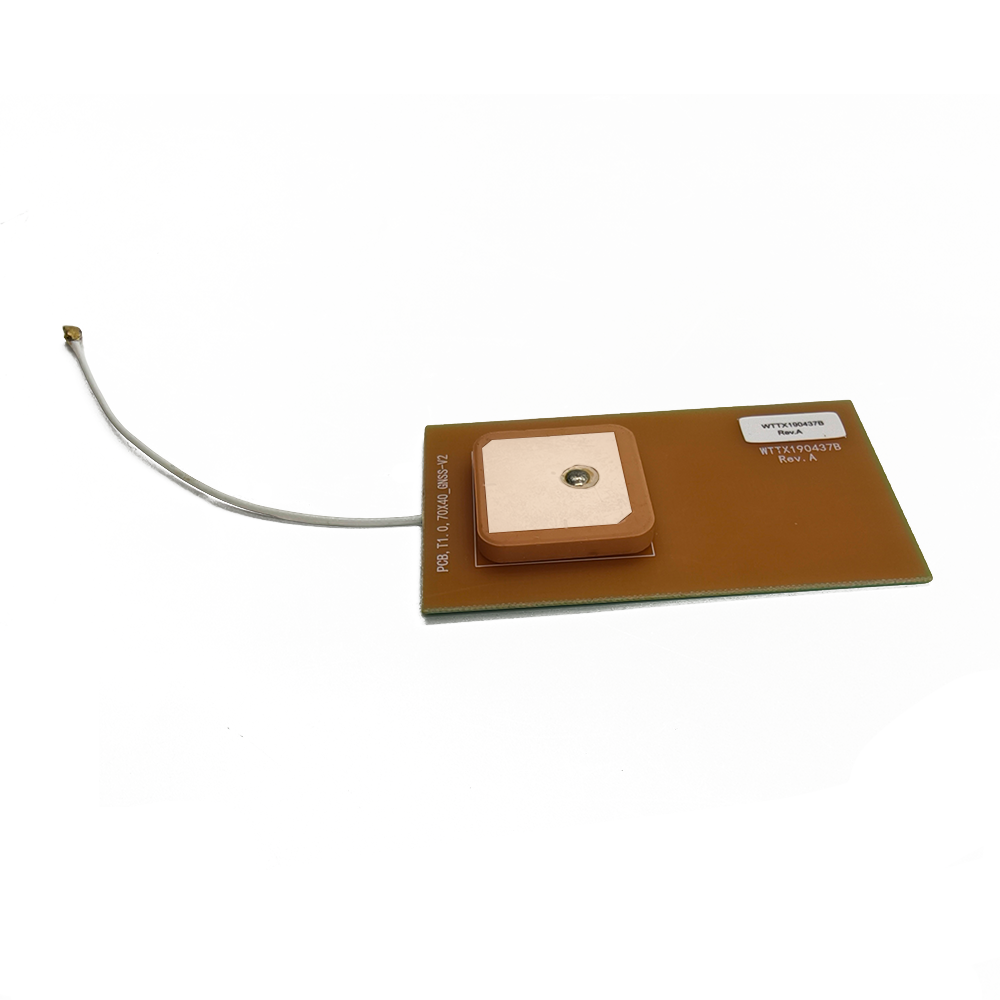5.1 Current Applications
5.1.1 Automotive Navigation
Weather - resistant GPS ceramic patch antennas are extensively used in automotive navigation systems. In - car GPS devices rely on these antennas to receive accurate location information from GPS satellites. Whether it's a sunny day in the desert or a rainy day in a coastal city, the weather - resistant antenna ensures that the navigation system functions properly. Drivers can rely on the GPS - based navigation to find the best routes to their destinations, avoid traffic jams, and get real - time location - based information. The compact size of the ceramic patch antenna allows for easy integration into the dashboard or other parts of the vehicle without taking up too much space.
5.1.2 Maritime Navigation
In the maritime industry, GPS is essential for ship navigation. Weather - resistant GPS ceramic patch antennas are installed on ships to receive GPS signals for determining the ship's position, speed, and heading. Since ships operate in harsh marine environments, with constant exposure to saltwater, high humidity, and strong winds, the weather - resistant design of these antennas is crucial. These antennas help in safe navigation, ensuring that ships can avoid collisions, follow shipping lanes accurately, and reach their ports on time.
5.1.3 Asset Tracking
Many companies use GPS - based asset tracking systems to monitor the location of their valuable assets, such as trucks, trailers, and construction equipment. Weather - resistant GPS ceramic patch antennas are used in these tracking devices. Whether the assets are located in a construction site in the mountains, where they may be exposed to snow and cold temperatures, or in a logistics yard under the sun, the antennas can continuously send location data to the tracking system. This allows companies to optimize their asset utilization, improve supply chain management, and prevent theft.
5.1.4 Wildlife Tracking
In the field of wildlife research, GPS tracking devices are used to monitor the movement and behavior of animals. These devices are often attached to the animals using collars or other methods. Weather - resistant GPS ceramic patch antennas are an integral part of these tracking devices. Since animals roam in various natural habitats, which can have different weather conditions, the antennas need to be able to withstand rain, heat, and cold. The data collected from these antennas helps researchers understand animal migration patterns, habitat use, and population dynamics.
5.2 Future Trends
5.2.1 Integration with Multiple Navigation Systems
In the future, weather - resistant GPS ceramic patch antennas are likely to be integrated with multiple navigation systems. In addition to GPS, there are other satellite - based navigation systems such as GLONASS (Russia), Galileo (Europe), and BeiDou (China). By being compatible with multiple systems, the antenna can receive signals from a larger number of satellites, leading to more accurate and reliable position calculations. This is especially important in areas where the GPS signal may be weak or blocked. The integration of multiple - system capabilities into ceramic patch antennas will require careful design to ensure that the antenna can efficiently receive and process signals from different frequency bands and signal formats.
5.2.2 Miniaturization and Higher Integration
As technology continues to advance, there will be a trend towards further miniaturization of weather - resistant GPS ceramic patch antennas. This will involve reducing the size of the antenna while maintaining or even improving its performance. At the same time, there will be a push for higher integration, where the antenna may be integrated with other components such as the GPS receiver, power management circuits, and communication modules into a single, compact package. This higher integration will not only save space but also reduce the complexity of the overall system and potentially lower costs.
5.2.3 Improved Weather Resistance and Performance in Harsh Environments
There will be ongoing research and development to improve the weather - resistance capabilities of GPS ceramic patch antennas. This may involve the use of new materials and coatings that can better protect the antenna from the effects of extreme weather, such as acid rain, sandstorms, or high - altitude radiation. Additionally, efforts will be made to enhance the antenna's performance in harsh environments. For example, new antenna designs may be developed to reduce the impact of multipath interference in urban areas or to improve the antenna's gain in challenging terrains.
Conclusion
Weather - resistant GPS ceramic patch antennas have become an essential component in the modern GPS ecosystem. Their unique combination of properties, including weather resistance, compact size, good dielectric properties, and cost - effectiveness, makes them suitable for a wide range of applications. From automotive and maritime navigation to asset and wildlife tracking, these antennas play a crucial role in enabling accurate location - based services.
However, like any technology, they also face challenges such as signal blockage, limited gain, and temperature - dependent performance. Despite these challenges, the future looks promising for weather - resistant GPS ceramic patch antennas. With trends towards integration with multiple navigation systems, miniaturization, higher integration, and improved performance in harsh environments, these antennas are expected to continue evolving and meeting the growing demands of various industries. As the need for accurate and reliable location information increases, weather - resistant GPS ceramic patch antennas will undoubtedly play an even more significant role in shaping the future of navigation and location - based services.




































































 Language
Language
 En
En Cn
Cn Korean
Korean

 Home >
Home > 








 18665803017 (Macro)
18665803017 (Macro)













